Tips For Driving In Japan
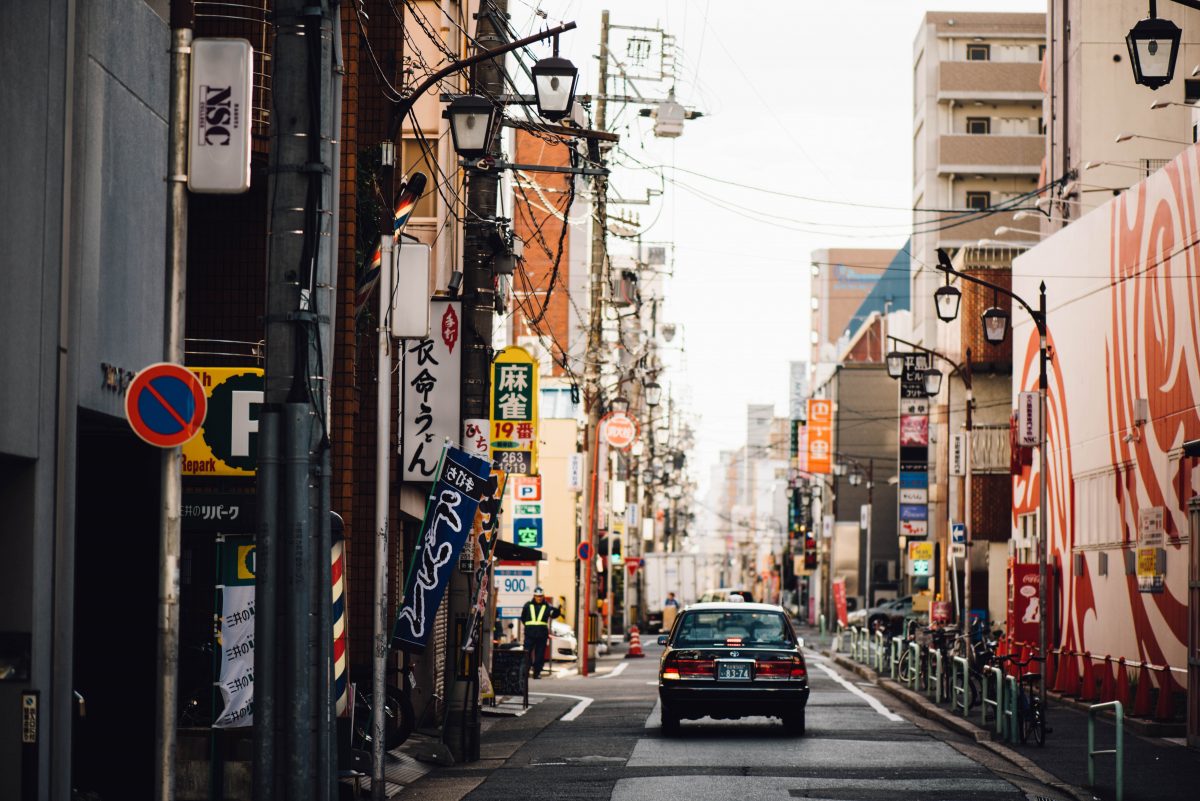
Do you dream of going to Japan to see the cherry blossom? Planning to visit the Land of the Rising Sun in autumn to admire the vibrant colours of its mountains and forests? Fine dining at one of the most exquisite sushi bars in Tokyo? Pleasantly onsen-hopping away from hustle and bustle of the city.
Whichever your idea of a perfect Japan trip is, it is recommendable to plan in advance. One of the most essential decisions to make concerns the means of transportation to choose for getting around the country.
Renting and driving a car in Japan is not yet as popular as taking road trips in USA or Australia. Nevertheless, it is in fact a great option and an awesome way to discover the place and its culture. As it may seem a bit overwhelming at first, we have gathered all the important information in this article. We hope you find it helpful and it will bring you one step closer to making your dream adventure a reality!
Requirements For Driving In Japan
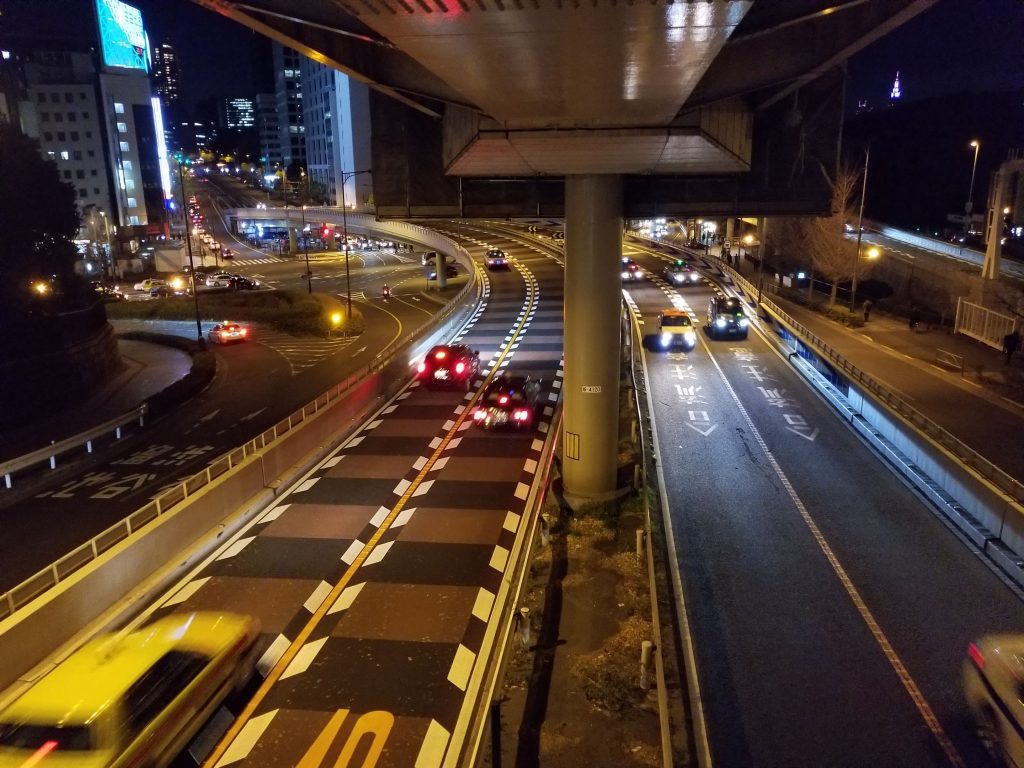
Photo from Unsplash
The minimum legal age for driving in Japan is 18. The drivers should hold a valid Japanese driving license or, in case of foreigners, an International Driving Permit. The road signs most often come both in Japanese and in English and are universally understood. Travelers coming from Australia or the United Kingdom will probably find it easier to get used to driving in Japan than other visitors as the Japanese also drive on the left side and the driver’s seat is on the right side of the car.
Drinking and driving is a serious offense. Even if you’re not exceeding the drink-driving blood alcohol limit of 0.03, you would be exposing yourself to a big fine and even a couple of years in prison if you decided to sit behind the wheel after just one Asahi beer. Moreover, the passengers traveling with you may also be subject to prosecution for consenting to your driving under the influence of alcohol.
Driving In Japan For Tourists
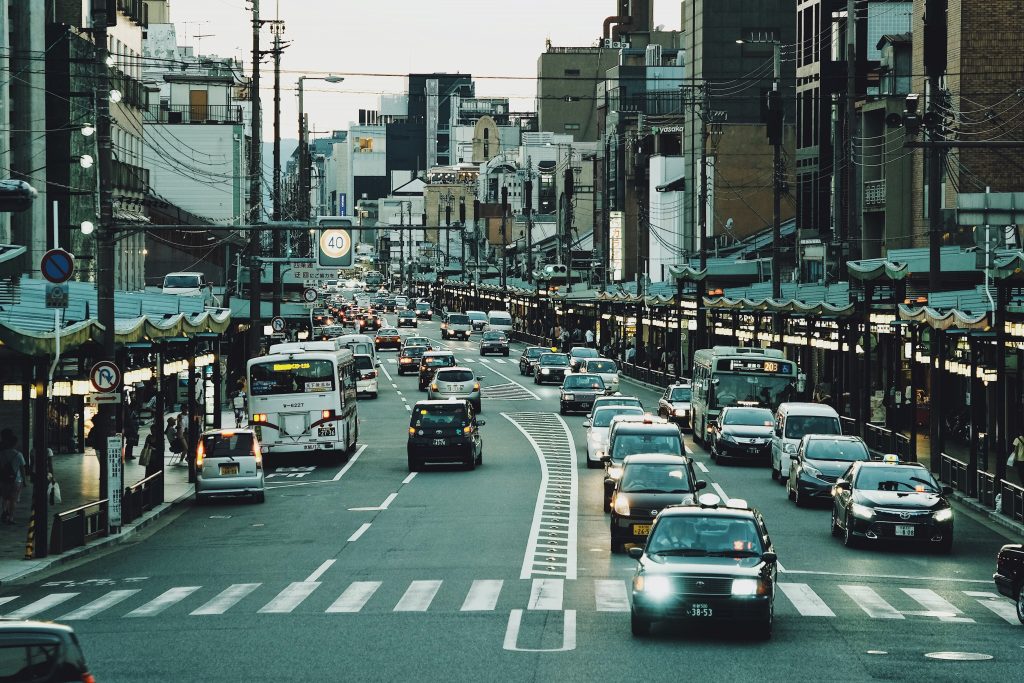
Photo from Unsplash
Foreigners can legally drive in Japan with an International Driving Permit for no longer than a year. However, if you have hit the one-year limit and your permit is still valid, you can still use it to legally drive in Japan. The condition is that you return to your home country for the period of three months in between.
You can get the International Driving Permit applying for it in advance in your home country. The Japanese authorities recognize only the permits issued on the basis of the 1949 Geneva Convention and this is the case for most of the countries. However Belgium, Estonia, France, Germany, Monaco, Slovenia, Switzerland, and Taiwan do not follow this specific convention for issuing the International Driving Permits. Therefore, if you are a holder of a driving license from of these countries, according to the international agreement with Japan, you can legally drive in the Land of the Rising Sun with a translation of your national driving license into Japanese. To get the translation, contact the Japanese embassy or consulate in your country or the Japan Automobile Federation for more information.
If you are a holder of a driving license issued by a country that does not issue the International Driving Permits on the basis of the 1949 Geneva Convention nor is it among the countries that signed the special agreement with Japan, you will have to get a Japanese driving license in order to legally drive in the country.
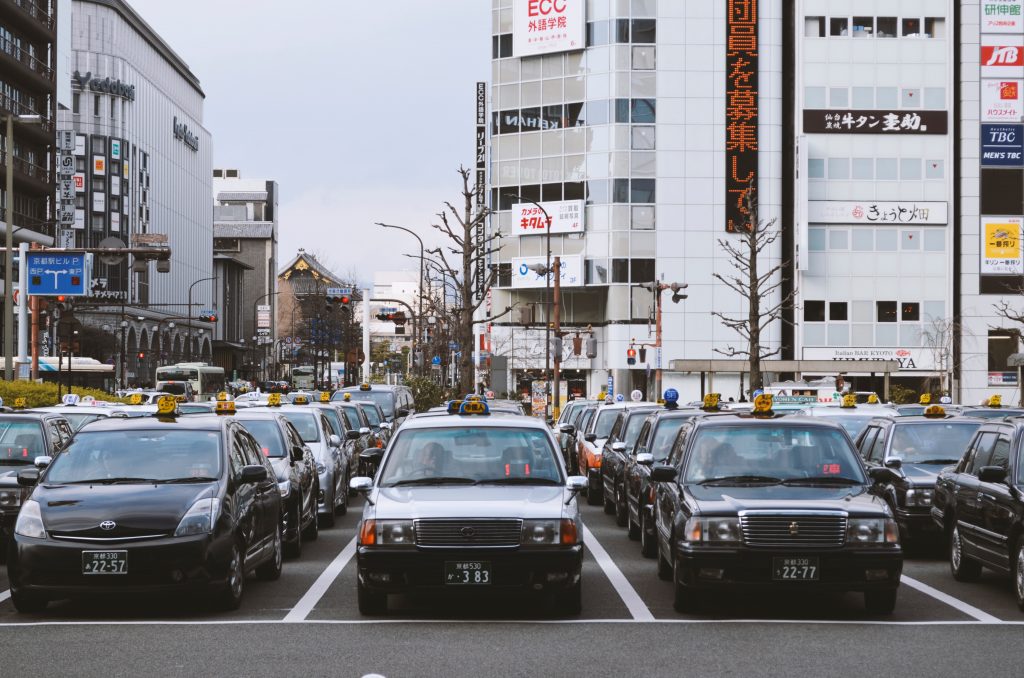
Photo from Unsplash
Driving In Japan With US License
American citizens cannot drive in Japan with just the US driving license and must apply for the International Driving Permit in USA before traveling to Japan. Drivers who don’t hold a valid International Driving Permit run the risk of being fined, arrested, or even being deported.
Important Road Signs
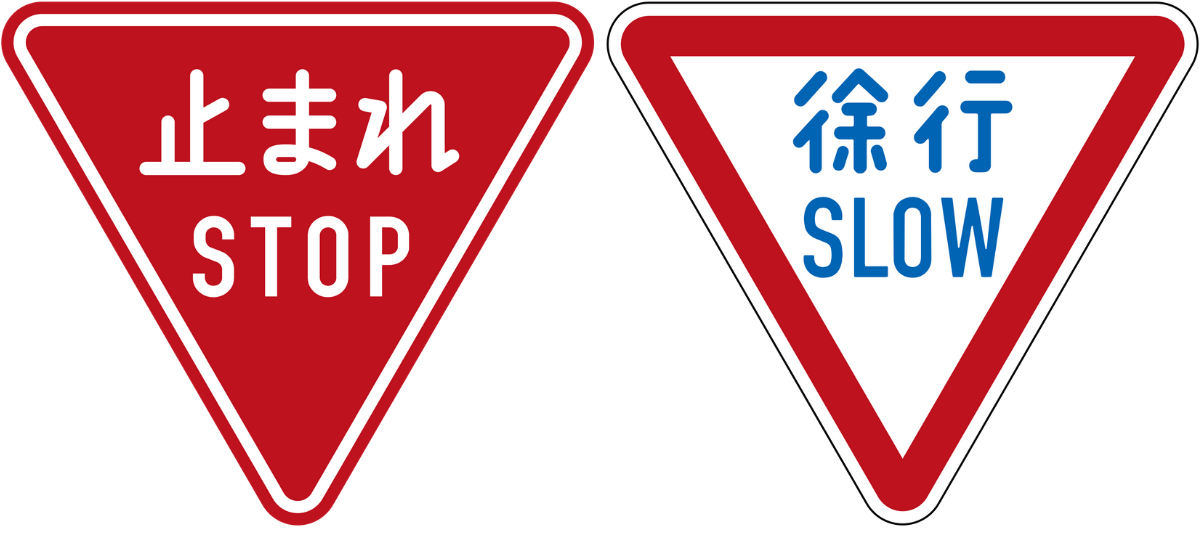
Image from Wiki Commons
Road signs that indicate directions or distances are normally given in both Japanese and English. Most of the other signs are the same or similar to those used internationally. They are therefore easy to understand by a foreign driver. There is however a notable exception that every visitor who plans to drive in Japan should get acquainted with before sitting behind the wheel. It is the case of the STOP sign. Known in most of the countries by its octagonal shape, in Japan this sign has a form of an inverted triangle.
Another important Japanese sign is the SLOW DOWN sign. It is also in the form of an inverted white-and-red triangle and it says SLOW in Japanese and English.
Speed Limits In Japan
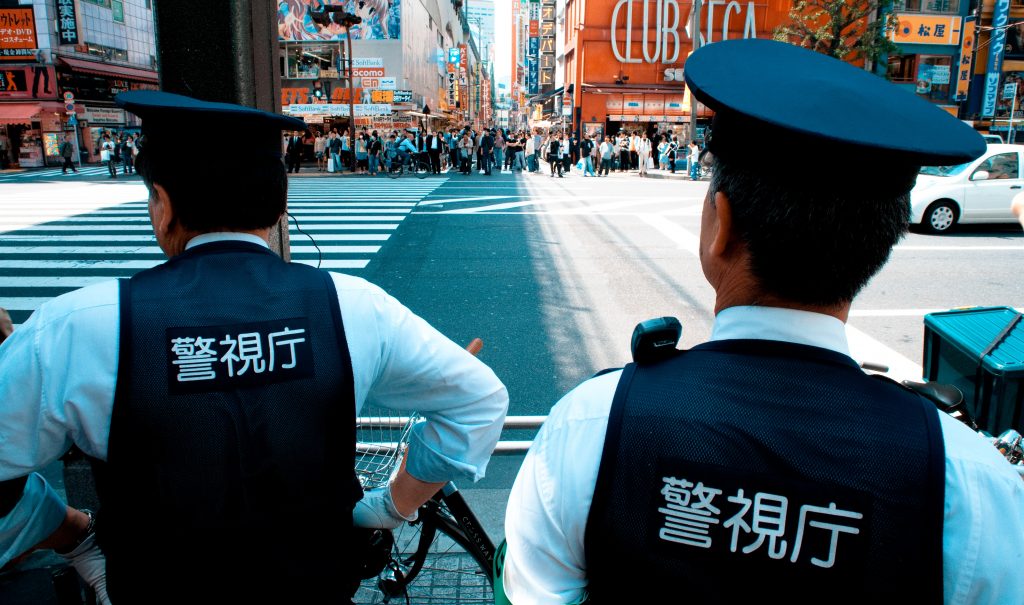
The speed limits in Japan are in kilometres per hour. They range from 40 kilometres per hour (25 miles per hour) within urban areas, through 60 kilometres per hour (37 miles per hour) outside urban areas to 100 kilometres per hour (62 miles per hour) on national highways. However on some designated sections of the E1A Shin-Tōmei Expressway and E4 Tōhoku Expressway, drivers are allowed to drive at the maximum speed of 120 kilometres per hour (75 miles per hour). As you can see, fast driving is not a thing in Japan. On the contrary, prepare yourself for numerous cameras, especially in the cities. It is all about safety in the Land of the Rising Sun.
Parking And Unique Parking Lots In Japan
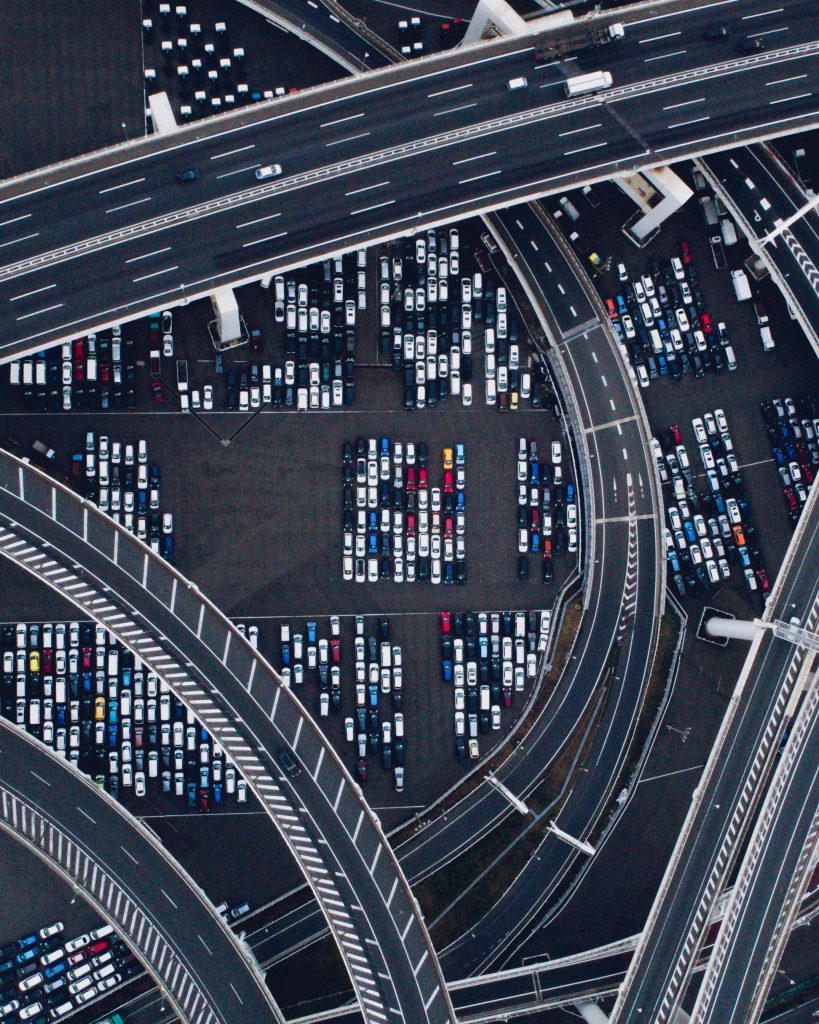
Photo from Unsplash
Parking in Japan is quite an extensive topic. It may first seem overwhelming to foreign drivers unfamiliar with the Japanese system, but discovering how to use it is actually a lot of fun! Due to the limited space, frequent seismic activity and thanks to the rapid development of the new technologies, the Japanese have mastered the art of efficient parking. As a result, you are very likely to come across one of the following amenities:
Elevator Parking: Common in the multi-story buildings; your car will be lifted up on to another level on a platform.
Low Barriers: Do not get surprised! In many parking lots, a metal barrier will lock your car from underneath releasing it only once you have paid the parking fee.
Underneath Cars: This solution is often available in shopping malls; once you enter the parking lot your car basically disappears under the ground; then another car is parked on top.
No Left Turns On Red
Unlike in many other countries, there is no such thing as “turn left anytime” at the intersections in Japan. If the light is red and you wish to take a turn, you must come to a full stop. Wait until the light turns green, even if the road is clear.
Railroad Crossing
Drivers must come to a complete stop before crossing a railroad. It is the case even if the bar is up and there is no sign of a train coming. Japanese police tend to give a lot of fines for breaching this rule, so make sure to respect it.
Why We Recommend Self-Driving In Japan
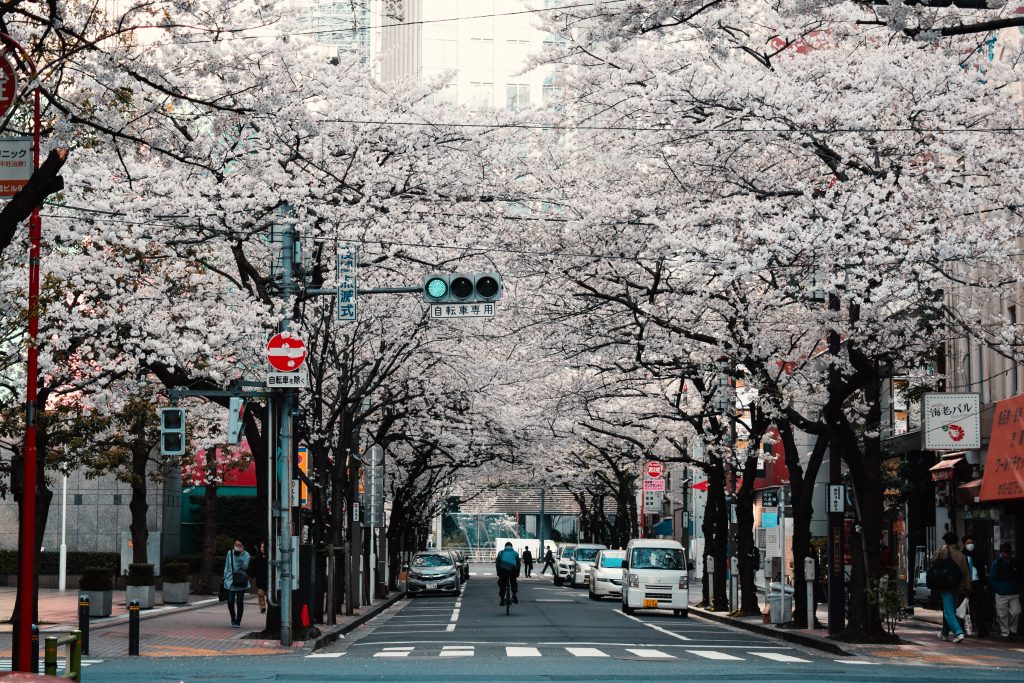
Photo from Unsplash
Firstly, driving in Japan is not as difficult and scary as it may seem, so fear not! Most of the signs are easily understandable and getting familiar with a couple of specific rules shouldn’t be too challenging. What more, there is no better country in which to enjoy driving than Japan! The local roads are incredibly safe. The drivers are probably the most polite ones you will ever come across. It really is about taking the driving culture to a whole new level.
The big cities boast extensive and efficient public transportation networks. Buses outside the urban areas though are often surprisingly scarce and infrequent. And while taking the famous bullet train is indeed an experience itself, it is also quite a costly one. Therefore, if you are traveling with family or friends, renting a car may actually be a more reasonable option.
Of course, we could not forget mentioning that driving will also take you to lots of places that no bullet train reaches. After all, Japan is much more than just the neon-lit, crowded streets of Shinjuku. There is no better way to discover that than by taking the self-driving journey and plunging deeper into all this fascinating country has to offer!
Conclusion
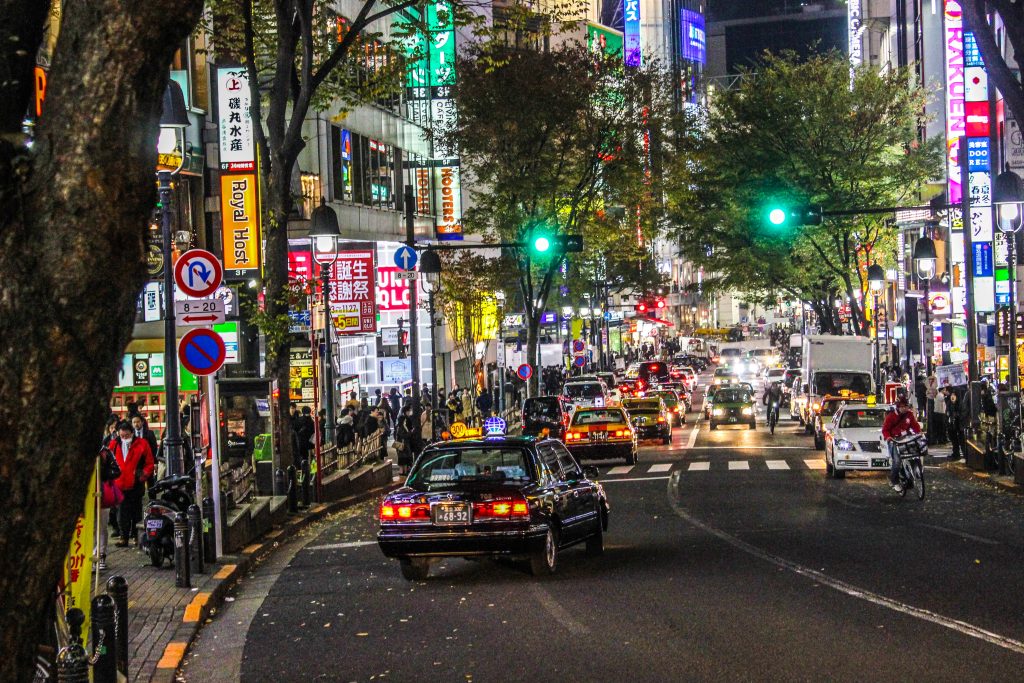
Photo from Unsplash
Maybe a road trip is not the first idea that comes to mind when planning a visit to Japan. Still, we hope we have convinced you that self-driving may actually be a great option. Although it requires some extra preparation beforehand, you are now familiar with the requirements and some basic road rules.
Maneuvering Japanese roads is easier than it may look like. It will also allow you to better understand the local culture. You will experience the culture of order and politeness and have an insight into the reality of the daily life of the Japanese by using the unique parking lots. Last but not least, renting a car will take you to more places (also to the less visited ones). Besides, it may also turn out to be a more budget-friendly solution!

